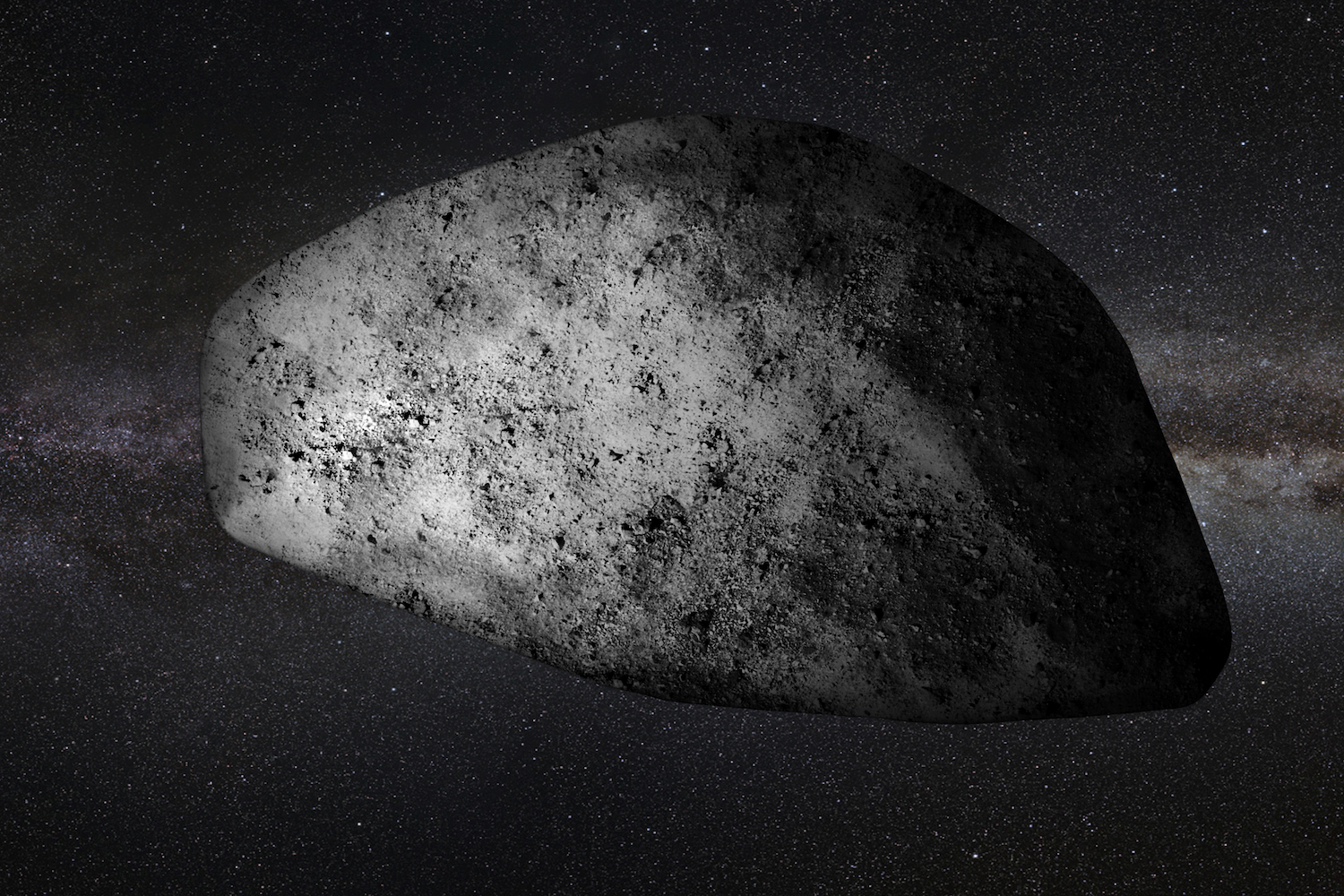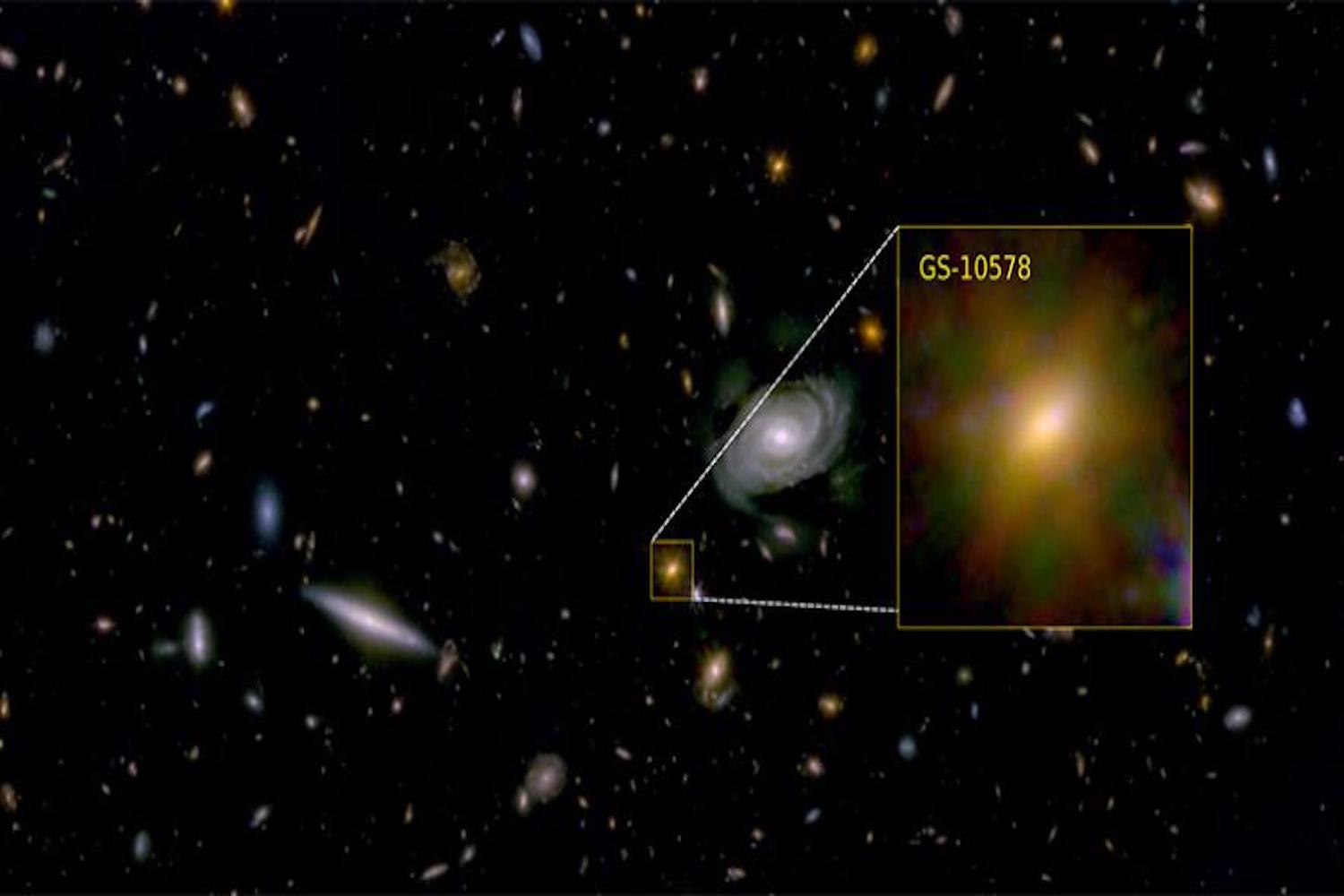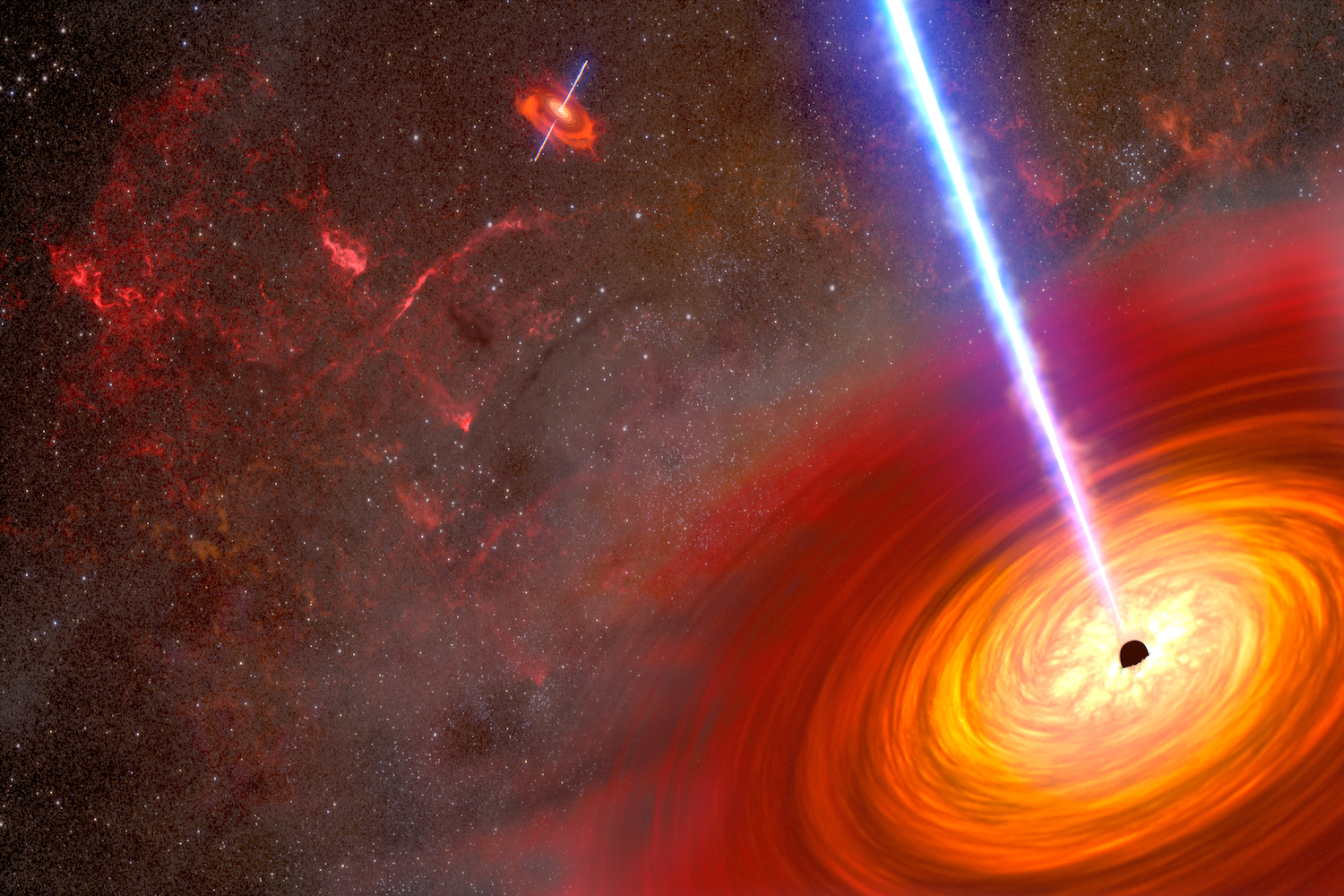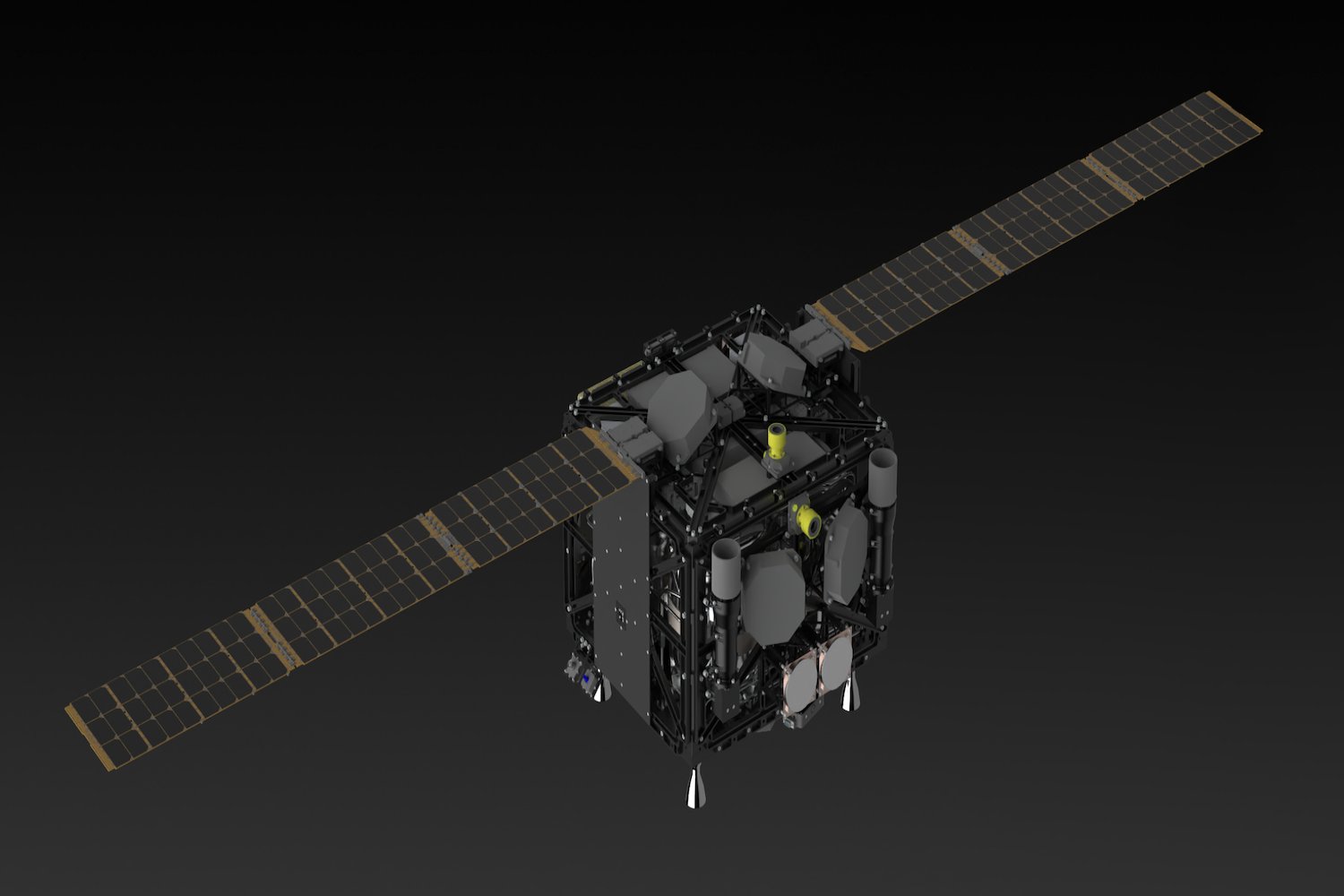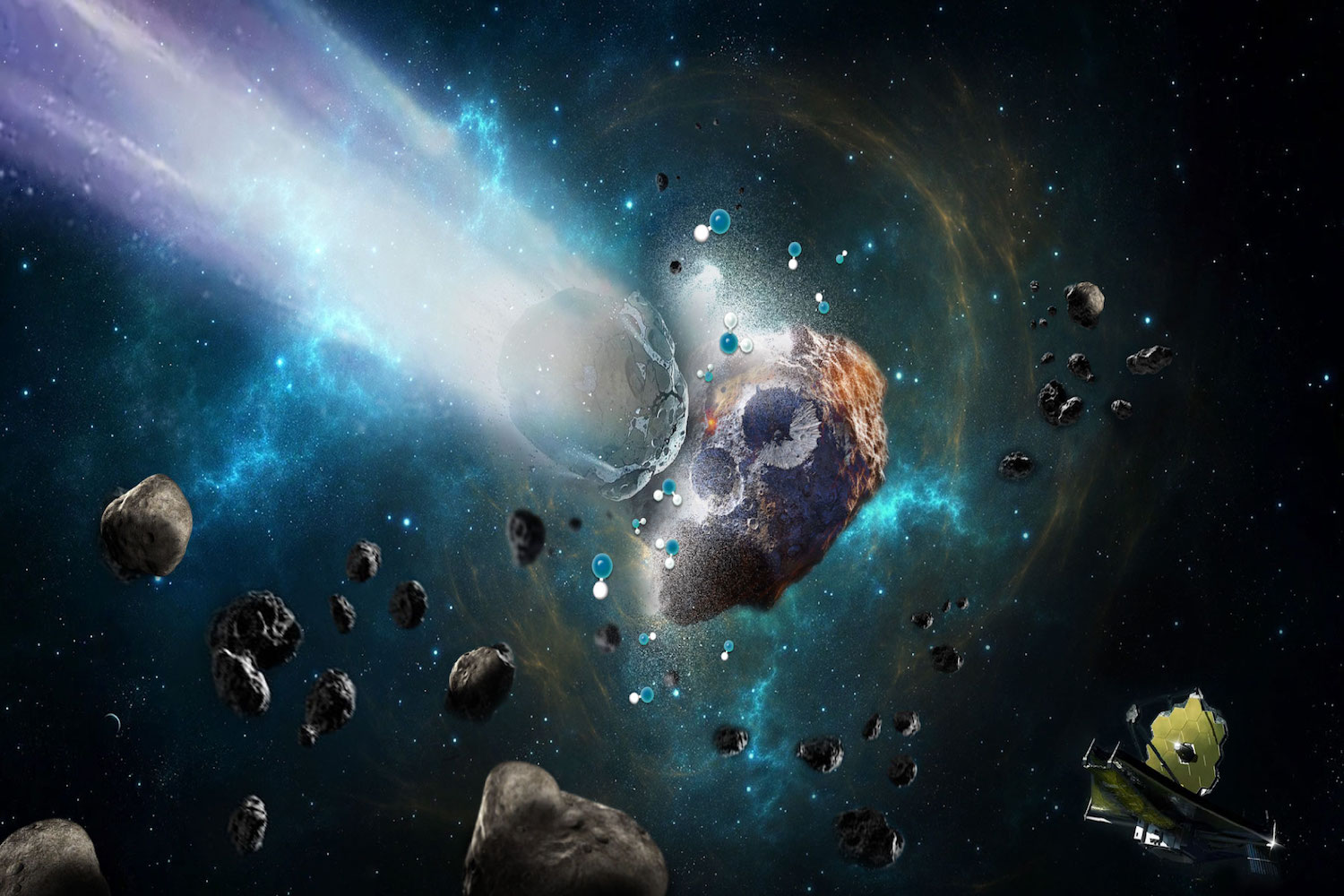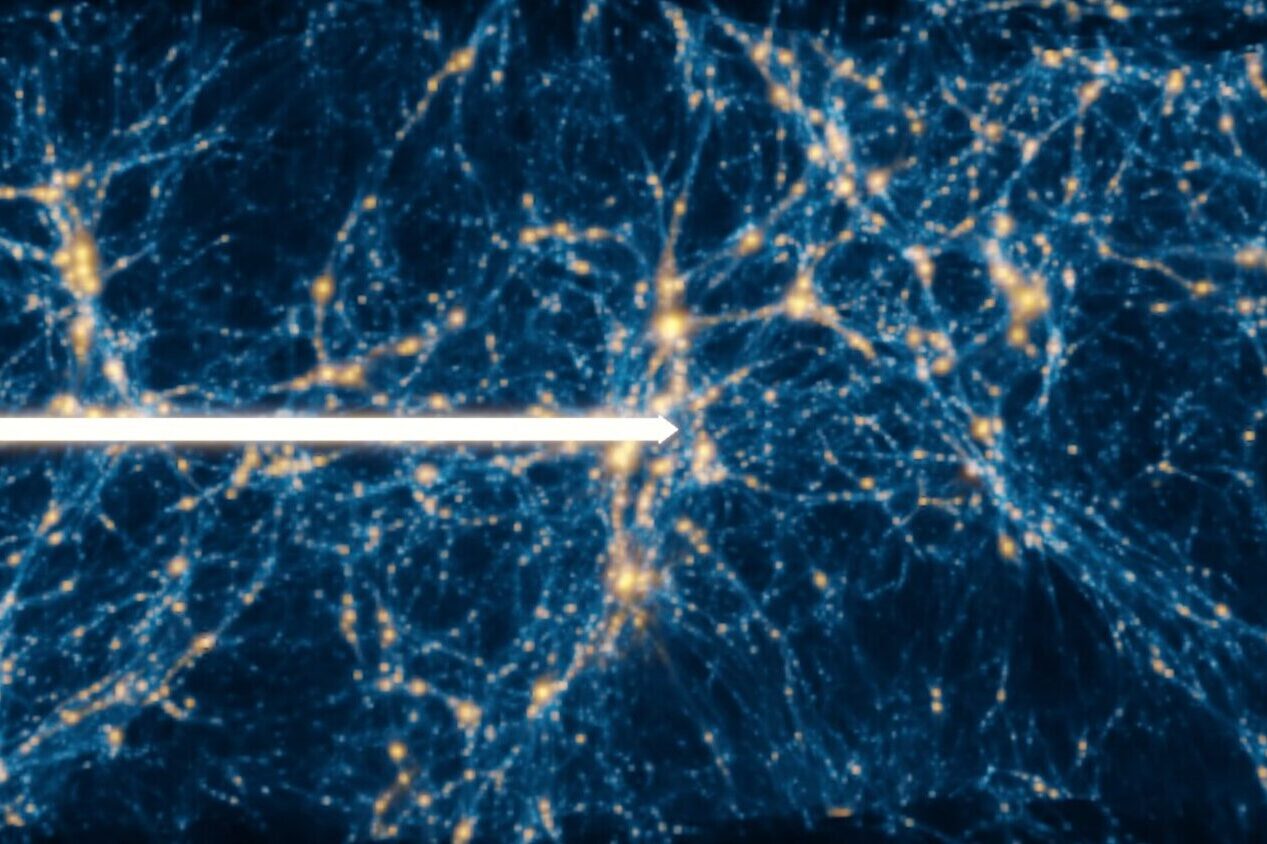Asteroid Apophis doesn’t currently pose a threat to Earth when it passes by in a few years, but an astrophysicist has envisioned a scenario where that could change.
The good news is that an utterly wild series of events—like cosmic bullets colliding at full speed and deflecting one at an incredibly precise angle—would have to occur for this potential catastrophe to happen.
In 2021, NASA released an analysis of Apophis’ trajectory, concluding that the asteroid doesn’t pose a threat to Earth in the immediate future. While there will be close passes in 2029 and 2036, and an even closer approach in 2068, NASA’s calculations found no risk of direct impact. In fact, NASA officials said our planet should be safe from Apophis for another 100 years.
A paper published in The Planetary Science Journal this past March supported that conclusion—mostly. In the paper, Paul Wiegert, an astrophysicist at Canada’s Western University, said that, while Apophis’ current trajectory poses no threat, the asteroid will have a near-encounter in December 2026 with another asteroid, 4544 Xanthus. The two orbits will bring the asteroids within less than 6,200 miles (10,000 kilometers) of each other, but they will reach that closest point about four hours apart, eliminating the risk of a direct collision. However, any material accompanying Xanthus could still strike Apophis, potentially altering its path and sending it towards Earth. Gulp.
Wiegert has now updated his calculations in a new study published in the same journal, determining that there is a real—albeit incredibly small—chance that Apophis could collide with a small asteroid, knocking it off its current course. Although Wiegert acknowledged the odds are “exceedingly low,” he pointed out that there have been observed collisions between asteroids and other asteroids or comets.
Wiegert also pointed out that Apophis is not on a direct collision course with any of the 1.2 million known asteroids. However, there are countless tiny asteroids that are too small to track, many of which strike Earth each year.
According to his calculations, if an asteroid with enough mass and velocity were to hit Apophis at exactly the right time, it could spell trouble for humans. What are the odds? The chances of Apophis getting hit by something are less than one in a million and the odds of that strike deflecting it towards Earth are “Less than one in 1 billion,” Wiegert wrote.
According to the study, Apophis is currently in the daytime sky and won’t be observable until 2027. But once we can see it, we’ll know fairly quickly if we’re in trouble. “Most of the impact risk could be retired by a single observation of Apophis in 2027,” wrote Wiegert. If a collision occurs shortly before the asteroid emerges from the Sun’s glare, it may not be immediately apparent that Apophis has been redirected towards our planet, but the appearance of debris would be a sign that something major had happened, cueing astronomers to calculate a new trajectory.
Fittingly, given the unlikely sequence of events required for Apophis to hit Earth, the asteroid is named after the Egyptian god of chaos.
As Apophis approaches Earth, there are plans in place for it to pick up several companions, including NASA’s OSIRIS-APEX—the spacecraft formerly known as OSIRIS-REx. The probe, which previously visited asteroid Bennu, will investigate Apophis in June 2029, after the asteroid’s April 2029 flyby of Earth.
In addition, the European Space Agency is preparing a spacecraft, dubbed the Rapid Apophis Mission for Space Safety (Ramses), that will be sent out to meet the asteroid on its journey. Aboard Ramses will be two small CubeSats that will observe how the asteroid’s physical properties change due to Earth’s gravity as it flies by. The primary mission is to gather data on the asteroid that could offer clues about how terrestrial planets originate and evolve. ESA has also expressed hope it could also aid in developing planetary defense systems against future cosmic objects on collision courses with Earth. Ramses is currently scheduled for an April 2028 launch.
Even if this worst case scenario comes true, it might not spell the end of humanity; the asteroid potentially serves a catastrophic, rather than an existential, risk. Apophis measures around 1,100 feet (340 meters) long, which might sound big, but the asteroid that is believed to have killed off the dinosaurs is estimated to have been between six to nine miles (10 to 15 kilometers) wide. So even if you’re an Apophis pessimist, things could be worse.
